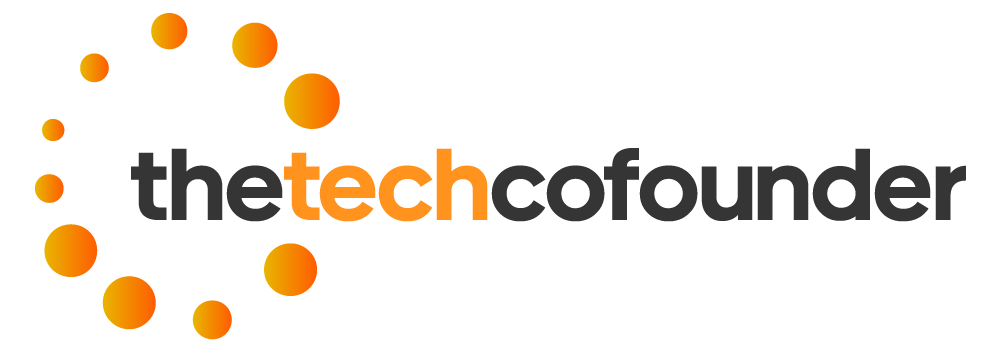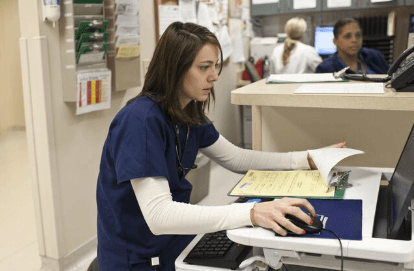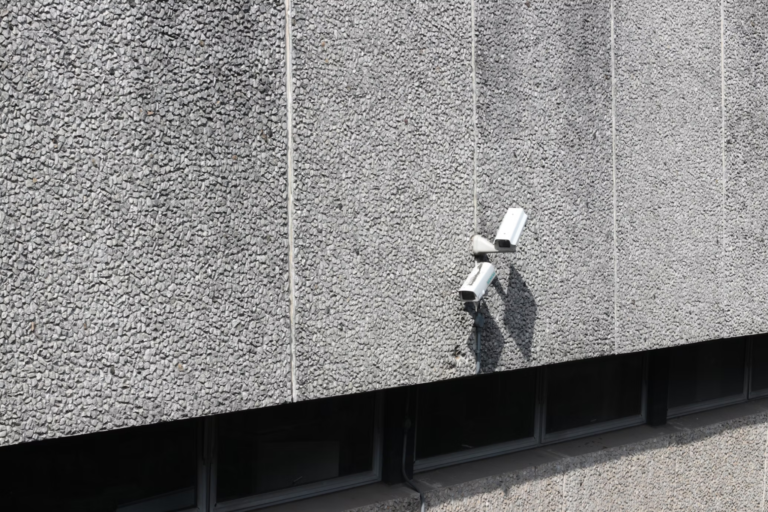The impact of scribes on the accuracy of clinical documentation is a topic worth exploring in healthcare. These professionals have brought about changes with their integration into medical practices. Remote medical scribes ensure physicians create thorough patient records, a key element in delivering top-notch healthcare services. This article delves into how remote medical scribes affect the accuracy of documentation, shedding light on their advantages, obstacles, and overall influence on the healthcare sector.
Getting to Know Remote Medical Scribes
Remote medical scribes document patient interactions with doctors from a distance. Unlike scribes who work alongside physicians in person, remote scribes operate using digital platforms. They listen to live or recorded consultations and enter medical information into electronic health records (EHR) systems promptly or shortly after the visits.
Advantages Offered by Remote Medical Scribes
Employing scribes comes with numerous benefits that significantly enhance the precision of clinical documentation:
- Improved Focus and Concentration: With the burden of documentation lifted, physicians can fully concentrate on providing patient care.
This focused attention enables interactions with patients, resulting in the gathering of precise medical information. - Increased Efficiency: Remote scribes help streamline the data entry process into EHR systems, saving time for physicians and reducing burnout. This increased efficiency allows doctors to see patients without compromising care quality.
- Consistency and Completeness: Trained remote scribes adhere to documentation practices, ensuring consistency and completeness in recorded information. Their expertise in capturing details enhances the reliability of records.
- Reduction in Errors: By having a dedicated scribe manage documentation, the likelihood of errors caused by multitasking or hurried note-taking decreases. Remote scribes can review and cross-check information, minimizing inaccuracies.
- Improved Compliance: Accurate documentation by scribes aids in compliance with healthcare regulations and billing requirements, reducing the risk of compliance issues.
Despite the advantages of utilizing medical scribes, it is crucial to address specific challenges and considerations to fully leverage their benefits:
- Training and specialized: Remote transcriptionists must undergo training in jargon, clinical procedures, and the specific needs of the doctors they support. Continuous learning and skill enhancement are crucial for upholding documentation standards.
- Technical Prerequisites: Dependable and secure platforms are essential for remote transcriptionists to carry out their responsibilities effectively. Healthcare providers should invest in infrastructure to back remote transcription services.
- Privacy and Confidentiality: Maintaining patient information confidentiality is essential. Using communication channels and adhering to privacy regulations like HIPAA (Health Insurance Portability and Accountability Act) is vital for managing risks associated with transcription.
- Communication and Collaboration: Establishing communication between physicians and remote transcriptionists is critical to capturing detailed medical information. Feedback and collaboration aid in aligning the transcriptionists’ documentation with the physicians’ expectations.
Case Studies and Evidence
Various case studies and research findings showcase the influence of medical transcriptionists on clinical documentation accuracy:
- Study on Accuracy Enhancement: A survey at a large healthcare facility compared documentation accuracy before and after introducing remote medical transcription services. The outcomes revealed decreased errors and omissions, underscoring transcribers’ efficacy.
- Patient Satisfaction: Studies have shown that utilizing scribes leads to increased satisfaction. By freeing up physicians from documentation duties, they can interact meaningfully with patients, fostering communication and trust.
- Cost-Benefit Analysis: The enhanced revenue from efficient documentation balances the initial investment in scribing services. Moreover, physician burnout and turnover rates result in long-term financial benefits for healthcare institutions.
The Future of Remote Medical Scribing
The future of scribing appears promising due to technological advancements and a growing acknowledgment of its advantages within the healthcare sector. Progress in communication tools, real-time transcription services, and improved EHR systems will enhance the documentation process, making remote scribes more effective.
In summary
Remote medical scribes significantly improve clinical documentation accuracy, offering benefits that elevate patient care quality, physician productivity, and adherence to healthcare standards. Despite implementation challenges, positive results from studies and real-world examples emphasize the importance of scribes in healthcare practices.
As technology advances, remote medical scribes, including virtual medical assistants for doctors, are becoming increasingly crucial in healthcare documentation to ensure accurate records and enhance well-being. Healthcare institutions must consider integrating scribes into their processes to benefit from this service.
Let’s welcome the future of documentation through scribing services. By staying innovative and offering top-notch care to patients, we can transform healthcare documentation and enhance patient outcomes. Thank you for reading about the advantages of scribing. We hope you found it informative and inspiring. Keep growing, exploring ideas, and enhancing your practice with the assistance of scribes!







